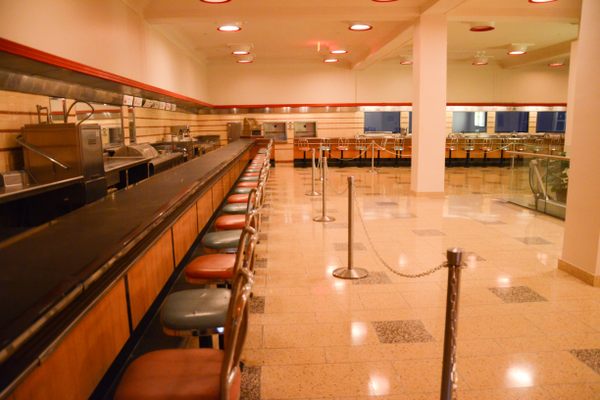Charlotte Hawkins Brown Museum
A museum dedicated to an incredible woman who founded a pioneering school for rural Black students.
In a small town with a population of 622 is the Charlotte Hawkins Brown Museum at the Palmer Memorial Institute. The museum is dedicated to an amazing woman who, at just 18 years old, jumped off a train—she literally had to jump, as it didn’t stop in or near Sedalia—to pursue her calling of educating children in the rural south.
Charlotte Hawkins Brown (June 11, 1883 – January 11, 1961) was born in Henderson, North Carolina. As a young woman, Brown met Alice Freeman Palmer, former president of Wellesley College. Palmer was impressed by the girl’s drive and dedication to learning and paid for Brown to get a teaching degree from the State Normal School.
But before Brown finished her degree, she was offered a job from the American Missionary Association to teach Black kids in the rural south. So in 1901, she left school, packed her bags, and headed from New England back to her home state of North Carolina.
After Brown had only been in Sedalia for a year, the American Missionary Association closed all its one and two room schools, leaving her without funding but with a community of children and adults desperate for education. By 1902, Brown was able to raise just enough money to renovate an old blacksmith building into an agricultural school where the girls (students were mostly girls because the boys were needed to work in the fields for their families) slept upstairs in a loft, the teachers slept downstairs, a large room was used for the classes. Teachers and students subsisted on two meals a day, mostly cornbread, molasses, peas, and beans.
Brown named the school the Palmer Memorial Institute after her benefactor. Within years, Brown had transformed the humble school and developed a private college prep school for young men and women. The campus also had a farm, where the students grew crops to learn about sustainable agriculture and also passed their knowledge onto the community.
As the school grew in prestige, Brown integrated the liberal arts as an important part of the curriculum. The school brought students from the North and the South, and even as far away as West Africa. Thousands of students passed through its doors. The school’s singing group, the Sedalia Singers, were in demand, selling out auditoriums up and down the East Coast and raising funds to continue growing the school. The Institute eventually closed in the 1970s, a decade after Brown had died, and later became a historic site and museum.
When touring the preserved campus today, it’s obvious the dedication and energy Brown put into it. Many of the buildings are still standing, including large dormitories for girls and boys (on opposite sides of the campus), the dining hall, science building, and athletic fields.
Community Contributors
Added by
Edited by
The Atlas Obscura Podcast is Back!























Follow us on Twitter to get the latest on the world's hidden wonders.
Like us on Facebook to get the latest on the world's hidden wonders.
Follow us on Twitter Like us on Facebook